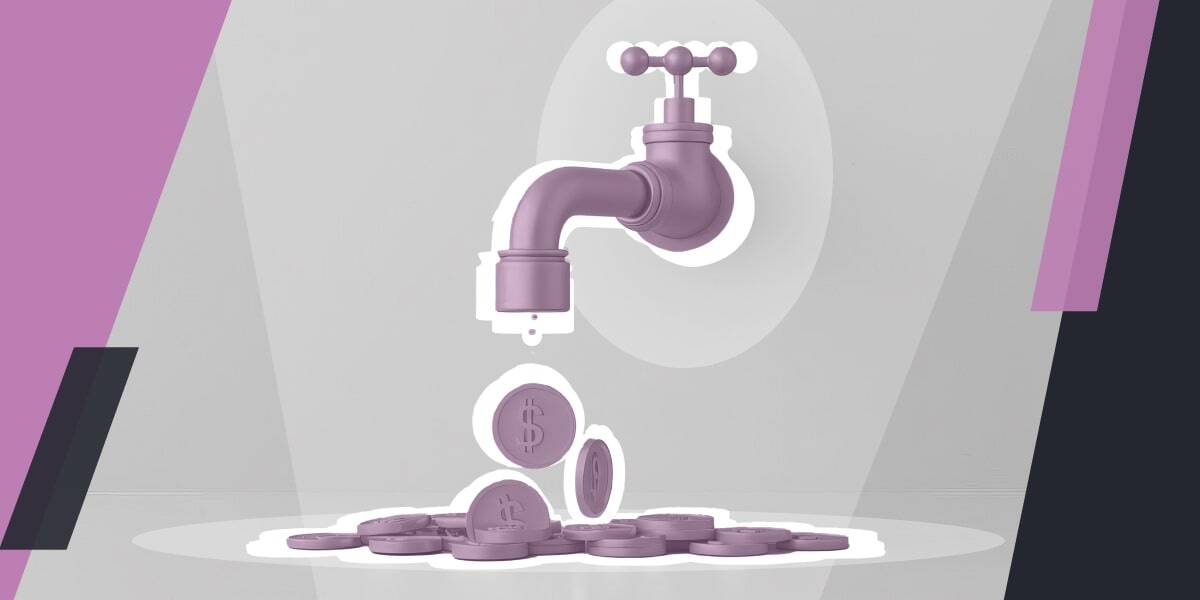
When done well, buyer personas help you understand your ideal customers better. This makes it easier to tailor your content messaging, product development, and services to their specific needs.
But too often, companies make the mistake of thinking about buyer personas in terms of demographics; only looking as far as their age, gender, and job role.
To define truly meaningful buyer personas, you need to look beyond the demographics of your ideal customers. You need to understand their interests, fears, and aspirations. You need the full story on how and why they make a buying decision.
What to consider when defining your personas
Of course, you need some demographic information about your ideal customers.
You need to know who they are; where they are based, their family life, hobbies, interests, and personality. But this is only part of the picture. Think of this as the cover sheet of a buyer persona profile.
You also need to understand what industry they work in, their job role, their challenges and pain points, as well as their goals and aspirations. This will provide useful context for understanding their needs as well as any concerns they might have about your product or service.
But beyond all this, and most importantly, you need to understand their buying experience. What triggers them to search for a new solution? What do they want to achieve? What concerns might they have? And how do they make that final decision?
All this takes time and plenty of research. To help companies along their way, Adele Revella, founder and CEO of the Buyer Institute and author of Buyer Personas, conceived the ‘5 Rings of Buying Insight’ model.
According to Revella, these are the things we need to consider when defining buyer personas:
Priority Initiatives (Change Drivers)
What causes buyers to invest in solutions like yours, and what is different about buyers who are satisfied with the status quo?
Priority Initiatives (or Change Drivers as we refer to them at Equinet), are the triggers or pain points that lead buyers to search for a new product or solution. Perhaps they are dissatisfied with their current partner or are new to the company and want to shake up how things are done. Alternatively, they may be looking to eliminate inefficiencies or cut down on the time it takes to do a task.
Success Factors
What operational or personal results does your buyer expect to achieve by purchasing this solution?
Success Factors are not just ‘benefits’ reverse-engineered from the capabilities your product offers. Success Factors tell us in the buyer’s own words how they define the successful outcome of making an investment. They are the results and outcomes that buyers want to achieve.
A Success Factor might be something tangible and directly related to their work, like improve productivity or reduce costs. Or, there might be something at stake for them personally, like freeing them up from tasks they don't enjoy or impressing their peers.
Perceived Barriers
What concerns cause your buyer to believe that your solution or company is not their best option?
These are the reasons buyers may choose a competitor’s solution over yours or decide to stick with the status quo. They may not be factually correct and instead may result from negative experiences with similar solutions or feedback from peers. One barrier may just be that they haven’t seen enough evidence to make them really believe in your offering.
Buyer’s Journey
This insight reveals details about who and what impacts your buyer as they evaluate their options and select one.
The Buyer's Journey is the evaluation process, if you like. It’s what your buyer does to explore and identify solutions, consider their options, and make a decision. It's identifying what information they look for to help them assess their options, where they go to find this information, and the sources they trust.
Research shows that B2B buyers today are looking to more sources, getting more internal people involved in the evaluation process, and conducting more detailed analysis before making a final decision. Marketers need to be across all of this activity if they want to truly understand the buying experience.
Decision Criteria
Which aspects of the competing products, services, solutions or company does your buyer perceive as most critical, and what are their expectations for each?
This is where you identify all the factors buyers might use to compare different solutions and make a decision. For example, if a buyer is choosing a new delivery service for their business, they might be looking for proof that a potential solution offers reliability, different tracking options, and value for money. Or, it might be that the things they are looking for are less about the actual service itself, and more about how easy they think you’ll be to work with and whether you’re a good ‘fit’ for their business.
So, how do you uncover all of this information?
The role of your Sales and Marketing teams
Your Sales and Marketing teams will be the starting point for pulling this information together. Your Marketing team should have data on where the current visitors to your website are located and how they found you, as well as details about their demographics and the kind of roles they are in. They may also have collected data through market research, such as customer satisfaction surveys, that could prove useful in helping you build a picture of your personas.
Your Sales team interact with your prospects on a daily basis and will therefore have a strong sense of the types of customers your business attracts, as well as what they want to achieve by purchasing a solution like yours (their success factors) and what the common objections to purchasing are (their perceived barriers).
The best way to bring all this insight together is to get key members of your Sales and Marketing teams together and hold an internal workshop where you can discuss, debate, and scope out a top-level sketch of your personas.
The importance of interviewing customers
Ideally, you don’t want to build your personas on internal knowledge and experience alone. If you want to really understand your buyers, you need to speak to them. As Revella says, “If it doesn’t come from a buyer’s mouth, it’s guesswork.”
Your existing customers will naturally be your first port of call. They’ve already been through the buying process, have engaged with your company, and purchased your product. As they are already warm to your company they should, hopefully, be quite happy to share their experience with you.
It can also be worthwhile speaking to people who have not purchased from your company. “Closed-lost” prospects, who chose a competitor over you, will be especially interesting to speak to as they can tell you how and why they invested in another solution and company over yours.
Conducting these interviews over the phone is likely to be the most convenient option, though there can be real value in doing them face-to-face in the buyers’ place of work.
Here are some example questions you could ask your buyers:
- What industry do you work in?
- What is your job title and what are you responsible for in your role?
- What does a typical day look like for you?
- What does it mean to be successful in your role?
- What are the biggest challenges you face?
- What keeps you up at night?
- What blogs/websites/social networks or print media do you pay attention to?
- Who do you consider to be thought leaders in your industry?
- When you first decided to explore X product/service, what was happening in your work/life that made you think about it?
- How did you hear about us and what was your first impression?
- What were you hoping to achieve by purchasing X product/service?
- What concerns or reservations did you have about buying from us?
- Why did you select us/X over another solution?
- What factors influenced your decision?
Buyer personas are an incredibly powerful tool for helping you understand your target buyers. You can't just throw them together overnight, but it's worthwhile the time and investment if you want to connect with your ideal customers.
Utilise the data, knowledge, and expertise you hold internally and then gather insights from real customers to bring your personas to life. All the while, remember to think beyond demographics, and towards understanding their end-to-end buying experience.



